This summer I had the opportunity to visit three natural history museums in Europe! I visited the Natural History Museum in London, the National Museum of Natural History (Muséum National d’Histoire Naturelle) in Paris and the Natural History Museum of Marseille (Muséum d’histoire naturelle de la Ville de Marseille) also in France.
My goal for these visits was to check out preserved lizard specimens of species that aren’t available through US museums. Each natural history museum has a unique subset of the world’s species. Some species have only been collected by scientists a few times and some of these specimens are held at museums outside the US. I was especially interested in specimens of species that are now likely extinct, specifically, Phelsuma edwardnewtoni and Gigarcanum delcourti (previously Hoplodactylus delcourti, Heinicke 2023).
Specimens of these two species are extremely rare. There are only six known specimens of Phelsuma edwardnewtoni, a species of day gecko from Rodrigues Island in Mauritius. These specimens were collected in in the late 1800/early 1900’s and the species is now believed to be extinct. This species is one of the largest Phelsuma, with a body lengths (SVL) over 100mm.
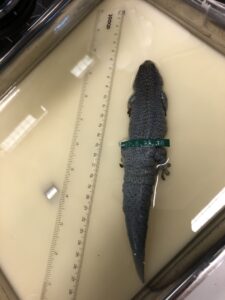
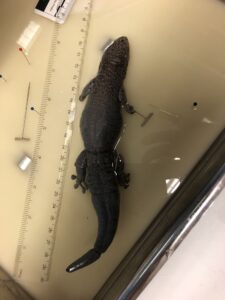
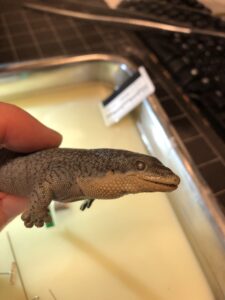
Gigarcanum delcourti is even more exciting! There is only one known specimen of this giant. This is the largest known species of gecko ever, with a body length of 370mm and a total length of 620mm. This single specimen was preserved in an unusual way. The specimen was stuffed, keeping its original skin and some limb bones. The origins of the specimen are a bit mysterious. It was originally believed to be collected from New Zealand in the 1800s, but recent genetic studies have placed it more closely related to New Caledonian geckos (Rhacodactylus, Mniarogekko, and Eurydactylodes).
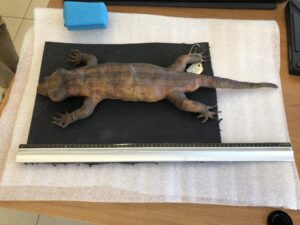
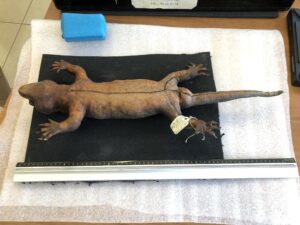
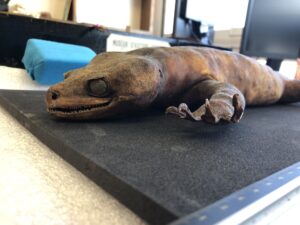
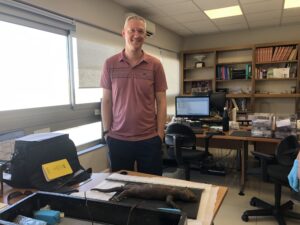
It was an amazing experience to visit these three museums and continue building my dataset of toe pad images.
